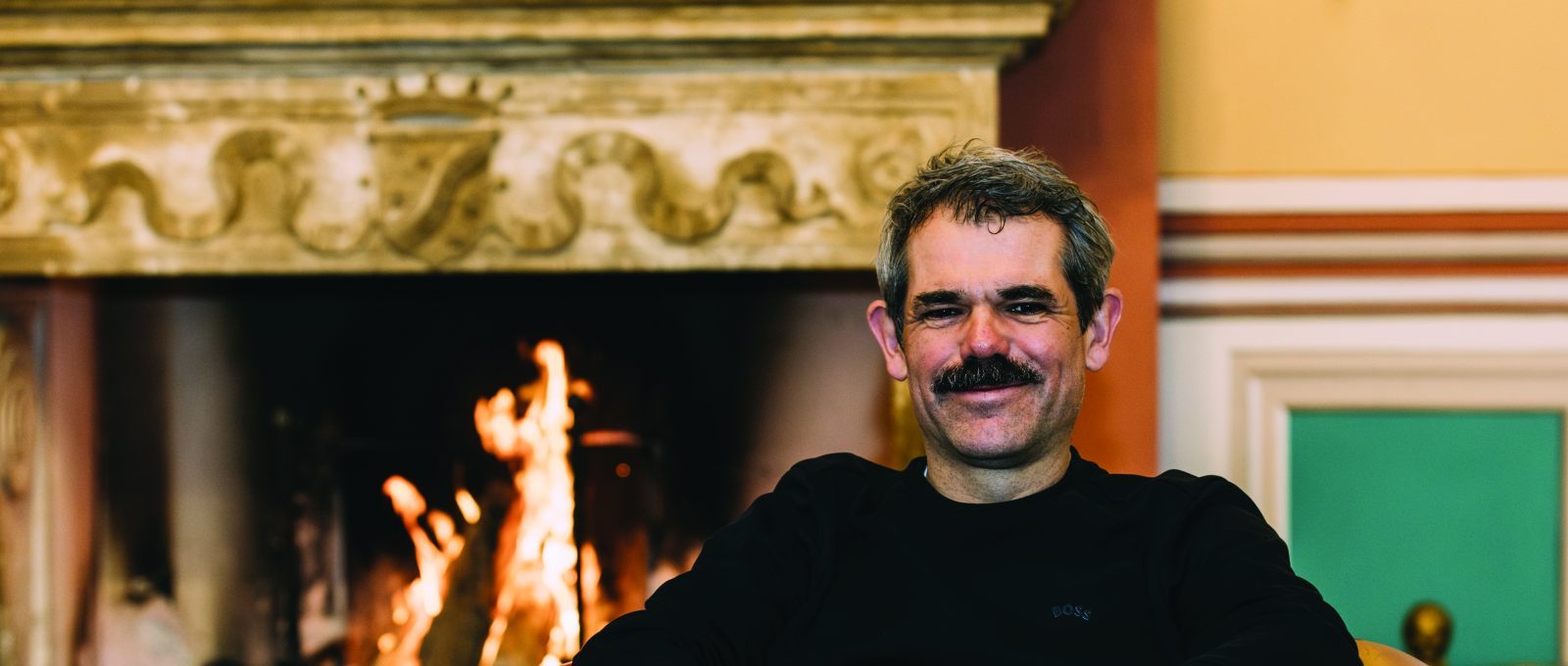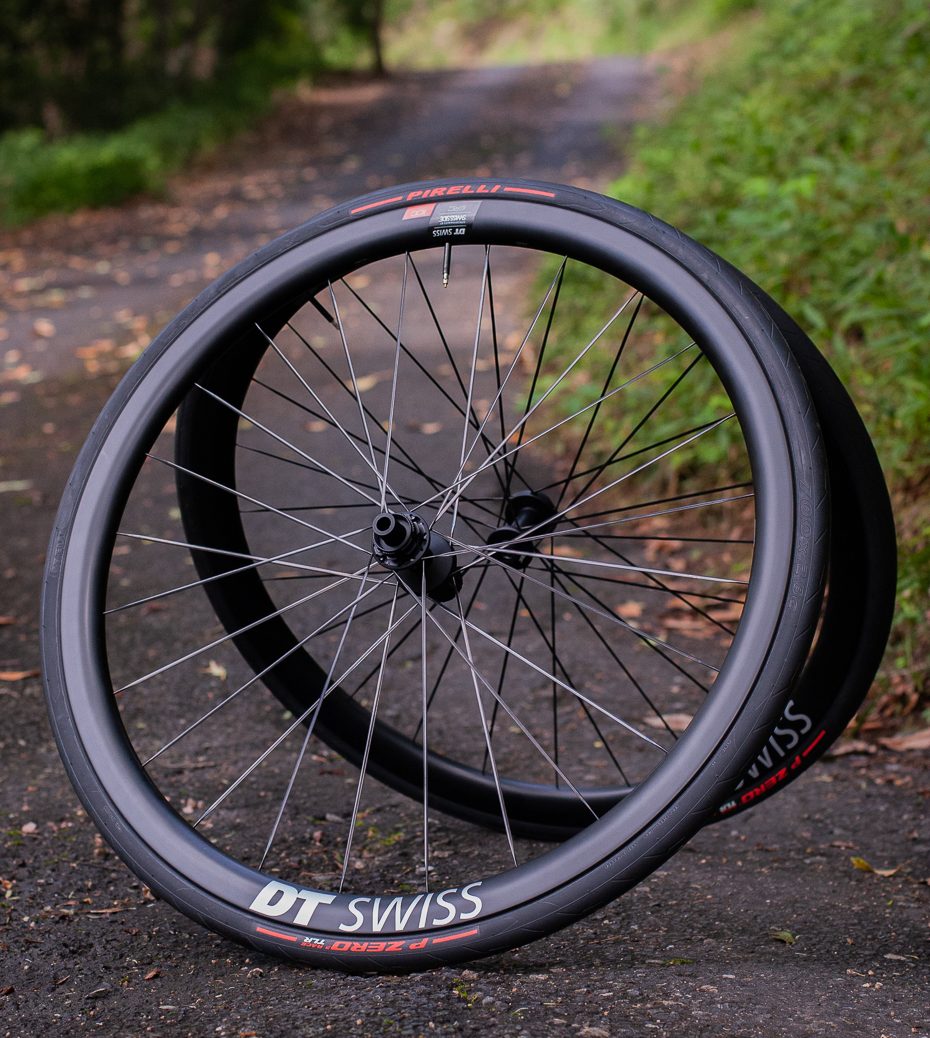You’ve signed up to one of Australia’s toughest one-day sportive events. Time to take your training to the next level.
Simon Gerrans once said ‘the hardest part of training is pulling your socks on’. Entering for Peaks Challenge is easy. Finding some mates to do it with you, not too much of a challenge. But in the same way ‘summer bodies are made in winter’, an enjoyable Peaks Challenge is made in training. And that can be a challenge itself.
Regardless of where in Australia you live, you’ll need to put in some work in the colder months. Which has its up sides – trust me, sweltering through an ergo session in a 35 degree garage is no fun. But it does mean finding motivation when inside is so much warmer can be tricky. Here are some tips to keep the legs moving and in shape. Everyone wants to finish. So why not put in a little sweat in the lead up and really enjoy getting around the Challenges without the fear of the next climb on the ‘Mocka’?
Zwift
It’s hard to be brand neutral when there’s only one main option in the market. But Zwift has singlehandedly revolutionised indoor training. Riders who struggled to make it through half an hour on the trainer now look down in surprise when the ride clock tells them it’s been nearly an hour and a half. You can ride with some mates, have a crack at the sprint and King of the Mountain times, climb a virtual mountain (with real-life ramps in resistance for those on a smart trainer) and even race. The danger is almost that you can find yourself going too hard, when the plan was a rest day. Any way I cut it, it’s one of the best ways to make sure you don’t lose that summertime form.
Online coaching programs
There are now plenty of options for consumers. Sufferfest, TrainerRoad and FulGaz are all designed to pump out workouts for you. Not real-time interactive like Zwift, they’re still an excellent option for riders who have a rough understanding of what they need to improve coupled with the motivation to get on to the trainer. In most cases cheaper than an actual coach, just not as flexible when you’re not improving in an aspect of riding you know you’re struggling in.
An actual coach
Believe it or not, riders who don’t have a racing licence and whose goals are Granfondos is an ever increasing customer base for cycling coaches. So don’t feel you need to look like Richie Porte or Marianne Vos to justify a coach; odds are they already have non-elite riders like you in their stable. Benefits of a real-life coach is feedback. Not only when you say “I’m okay on longer climbs but the shorter, steeper stuff hurts me” and they reply “right, we’ll do x, y and z”. But they also understand you have work, kids and a life outside of cycling to cater for. In fact, the less time you have the more benefit an actual coach offers. Small investment in what is going to make those climbs less daunting.
Racing
‘The best training is racing’, or so the adage goes. It’s prolonged intensity. It’s remembering to eat and drink in the midst of pushing your body. It’s bike handling when you’re fatigued. It’s bunch riding skills and getting comfortable riding close in a large bunch of riders. All skills that carry over to Peaks Challenge. Oh, and they’re also great fun and a way to meet like-minded riders who might just be joining you on the next Peaks adventure.
What next
Additional training tips for taking on Peaks Challenge from Bicycle Network.
In 2015 and 2016 we took on all three events. Here’s a little of what each event delivered:
Peaks Challenge Gold Coast 2016

